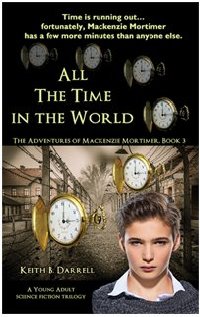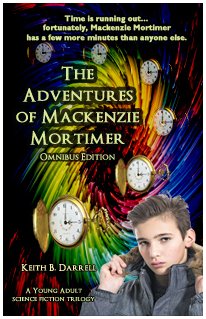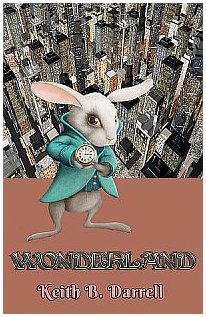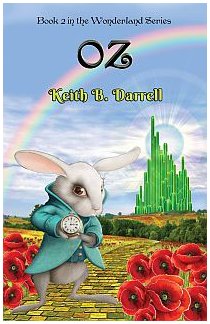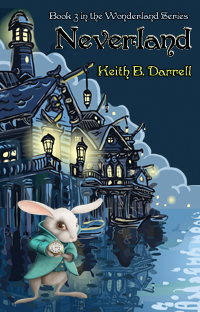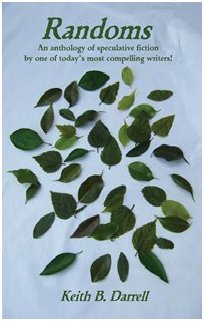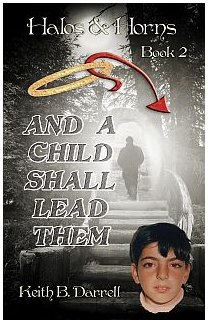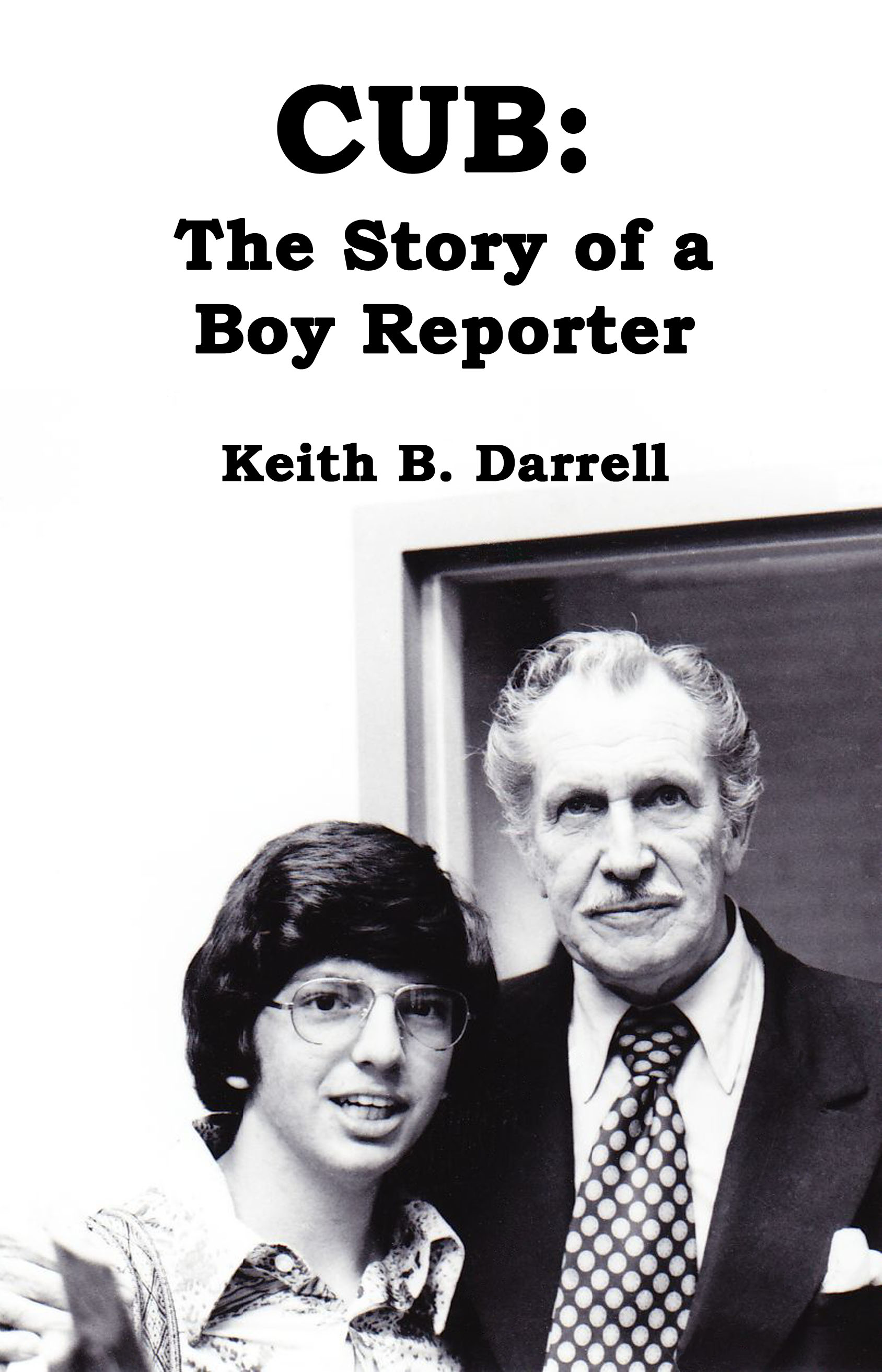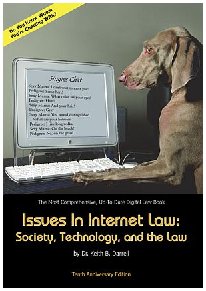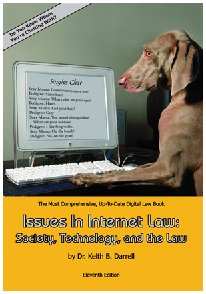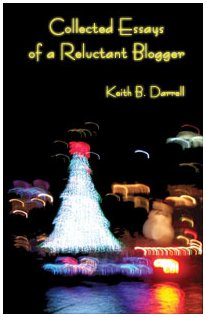I grew up with cinnamon flavored Lavoris mouthwash, but in recent years have found it increasingly difficult to find on the supermarket shelves. Apparently, the only store stocking it locally is one of those dollar stores. So, I found myself in Dollar Tree in search of Lavoris, and happened to stumble through the pet supply aisle. The entire aisle was filled with dog and cat food, litter, pet toys, and other pet supplies. But directly beneath the “Pet Supplies” sign were two shelves stacked with wooden mousetraps.
I did a doubletake. My eyes shot from the pet supplies sign, down to the mousetraps, and then back up to the sign. At first, I suspected a dyslexic clerk might have been the culprit. It’s easy to confuse “Pets” with “Pest.” It’s only the transposition of a single letter that separates the cuddly from the cringe-worthy. Or perhaps there was an entire subculture of pet owners with BDSM fetishes. It begins with collars and leashes, and before you know it, the mousetraps come out.
I got back into my car and, coincidentally, tuned into the podcast to which I had been listening: an old episode of Ira Glass’ This American Life, specifically, episode 12, entitled “Animals.” As an aside, I’m a big fan of Ira Glass and his show and highly recommend it. For those who haven’t experienced it, each episode of the radio program consists of multiple segments (called acts) based on a common theme. In Act I, which you can listen to here, photographer Catherine Chalmers was interviewed in her apartment, where she raises small animals and insects, feeds them to each other, and photographs them eating each other.
Chalmers discusses her hobby with a detachment worthy of Hannibal Lecter. At one point, she describes placing a newborn mouse, still furless and not having yet opened its eyes, on the table with her other pet, a snake she has not fed in a week. The two-day old mouse cannot see and can barely move. She has to wait for the snake to realize the “pinky,” as she calls it, is meant to be its meal, but eventually the snake wraps itself around the tiny creature and constricts it. The defenseless mouse cannot see what is attacking it, but it can express its fear and pain in piercing squeals, which it does.
The interviewer asks if she thinks she could be charged with animal cruelty. Chalmers replies, “I don’t think so,” adding maybe, if she took one outside and ripped it apart where everyone could see. This struck me as an interesting defense: that it is not the act, but rather who sees it, which determines criminality. A more common argument is predators routinely consume their prey in nature, and what Chalmers has done is simply a recreation of nature. But it’s not.
In nature, a pregnant mother would have found a spot safe from predators to birth her children, allowing them time to learn to walk, and see, and learn to defend themselves. In the vastness of the wild, there are opportunities for prey to escape their predators, and even for predators to become prey themselves as they feast. This was not the case in Chalmers’ apartment. This was a premeditated slaughter conducted for entertainment and profit.
I see such arguments and defenses employed repeatedly in discussions of political topics. Analogies are frequently made to bolster one side that conveniently leave out salient facts which, if known, would render the analogy meaningless. No, it’s not just as in nature, because in nature there exists maternal instinct and opportunity for escape. Often, an argument may sound rational unless you examine it closely to spot its flaws. For this reason, I advise all my readers not just to listen and read, but to apply critical thinking to what one has heard and read.
It’s a good thing I found my Lavoris; this seems to have left a bad taste in my mouth.
I did a doubletake. My eyes shot from the pet supplies sign, down to the mousetraps, and then back up to the sign. At first, I suspected a dyslexic clerk might have been the culprit. It’s easy to confuse “Pets” with “Pest.” It’s only the transposition of a single letter that separates the cuddly from the cringe-worthy. Or perhaps there was an entire subculture of pet owners with BDSM fetishes. It begins with collars and leashes, and before you know it, the mousetraps come out.
I got back into my car and, coincidentally, tuned into the podcast to which I had been listening: an old episode of Ira Glass’ This American Life, specifically, episode 12, entitled “Animals.” As an aside, I’m a big fan of Ira Glass and his show and highly recommend it. For those who haven’t experienced it, each episode of the radio program consists of multiple segments (called acts) based on a common theme. In Act I, which you can listen to here, photographer Catherine Chalmers was interviewed in her apartment, where she raises small animals and insects, feeds them to each other, and photographs them eating each other.
Chalmers discusses her hobby with a detachment worthy of Hannibal Lecter. At one point, she describes placing a newborn mouse, still furless and not having yet opened its eyes, on the table with her other pet, a snake she has not fed in a week. The two-day old mouse cannot see and can barely move. She has to wait for the snake to realize the “pinky,” as she calls it, is meant to be its meal, but eventually the snake wraps itself around the tiny creature and constricts it. The defenseless mouse cannot see what is attacking it, but it can express its fear and pain in piercing squeals, which it does.
The interviewer asks if she thinks she could be charged with animal cruelty. Chalmers replies, “I don’t think so,” adding maybe, if she took one outside and ripped it apart where everyone could see. This struck me as an interesting defense: that it is not the act, but rather who sees it, which determines criminality. A more common argument is predators routinely consume their prey in nature, and what Chalmers has done is simply a recreation of nature. But it’s not.
In nature, a pregnant mother would have found a spot safe from predators to birth her children, allowing them time to learn to walk, and see, and learn to defend themselves. In the vastness of the wild, there are opportunities for prey to escape their predators, and even for predators to become prey themselves as they feast. This was not the case in Chalmers’ apartment. This was a premeditated slaughter conducted for entertainment and profit.
I see such arguments and defenses employed repeatedly in discussions of political topics. Analogies are frequently made to bolster one side that conveniently leave out salient facts which, if known, would render the analogy meaningless. No, it’s not just as in nature, because in nature there exists maternal instinct and opportunity for escape. Often, an argument may sound rational unless you examine it closely to spot its flaws. For this reason, I advise all my readers not just to listen and read, but to apply critical thinking to what one has heard and read.
It’s a good thing I found my Lavoris; this seems to have left a bad taste in my mouth.




